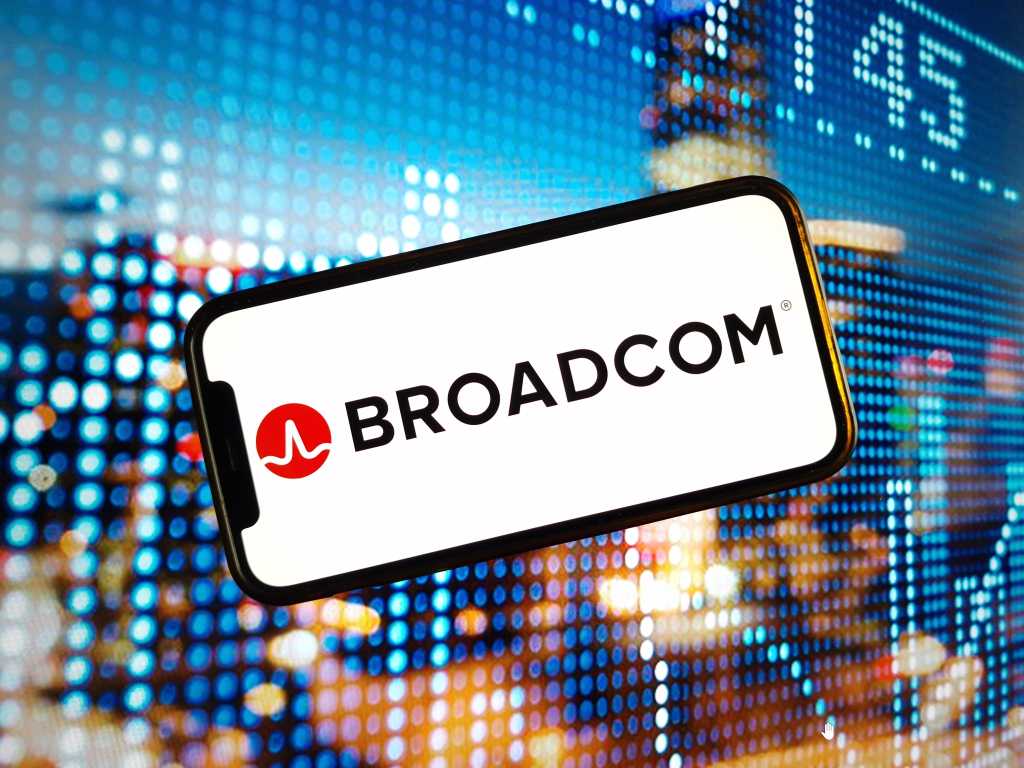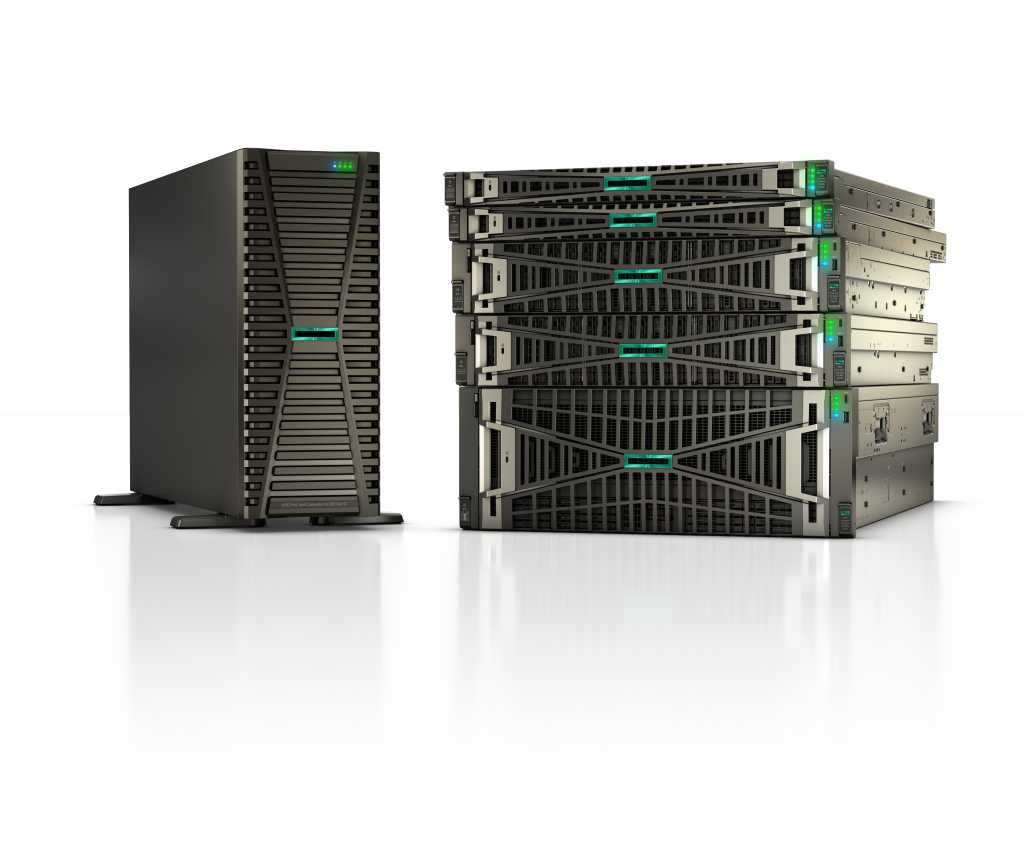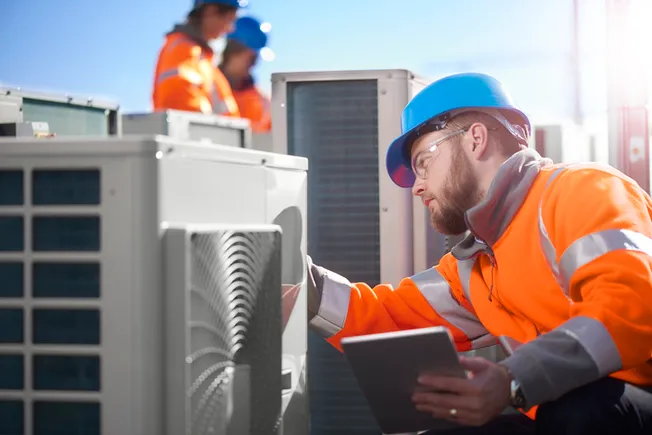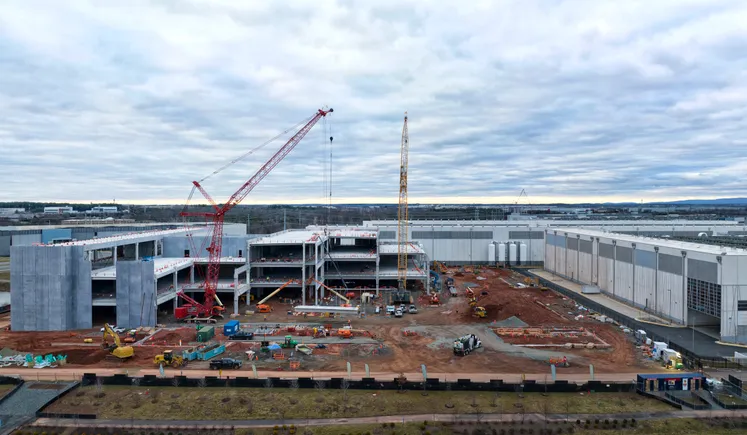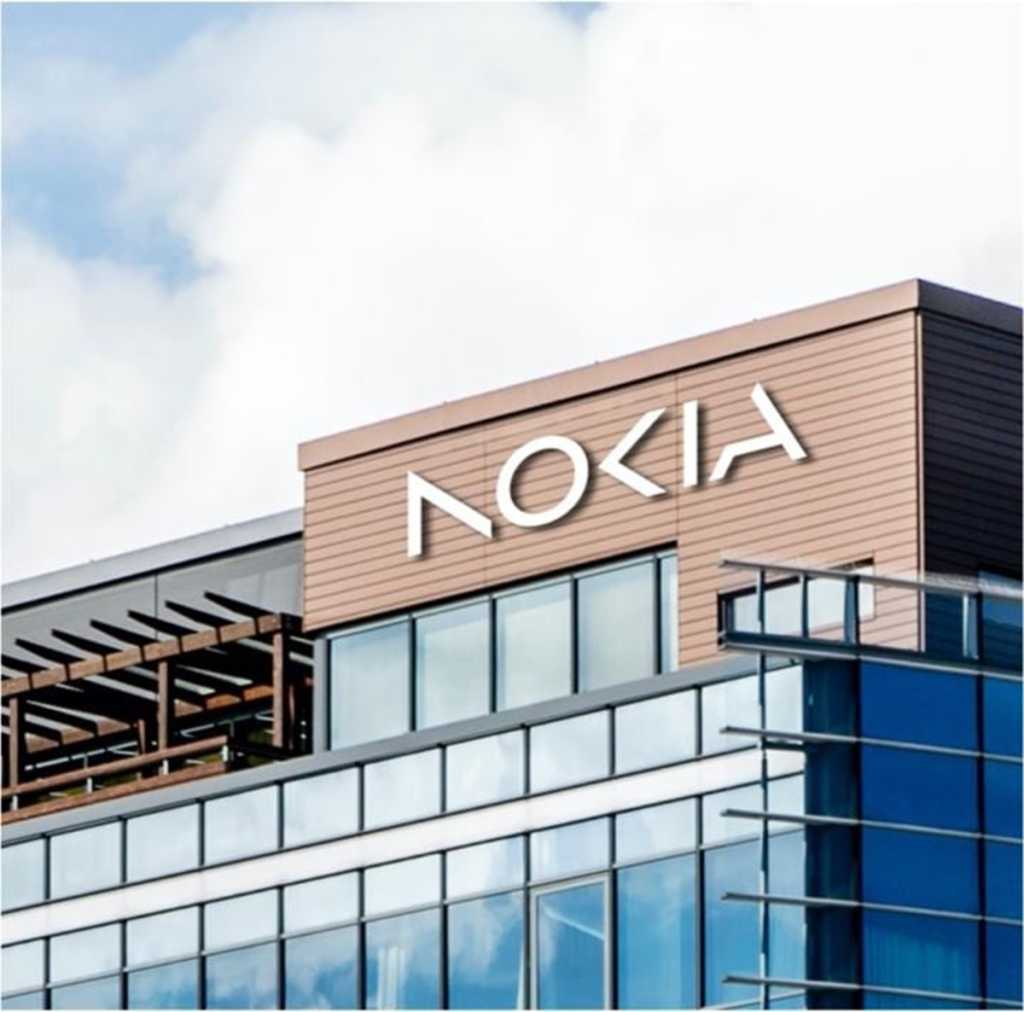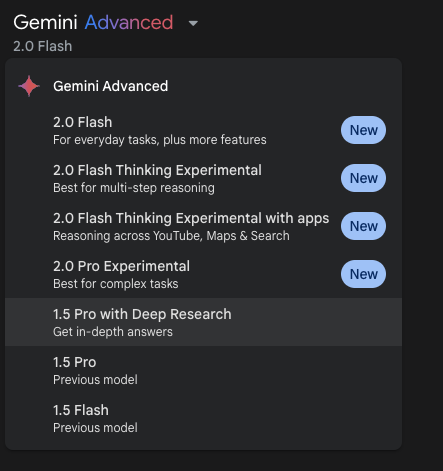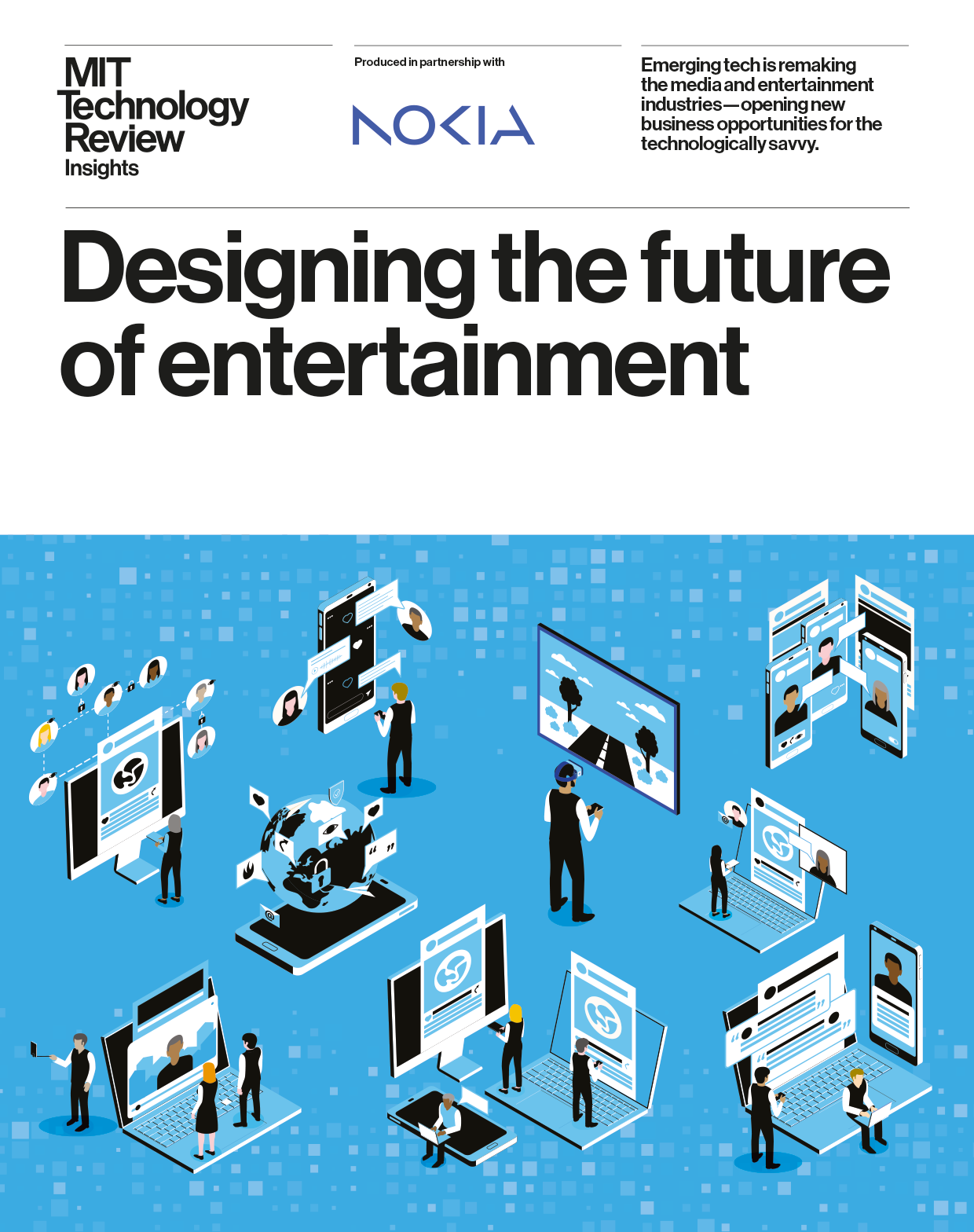
Essentials is geared toward data center network engineers, data center system engineers, IT infrastructure architects, and IT operations engineers. The training focuses on professionals working on a multi-vendor approach to building AI infrastructure. In addition to adding AI infrastructure skills to its data center certification track from CCNP to CCIE, Cisco is also working to add relevant AI and machine learning skills to its existing certifications.
The focus on AI in training is important now, according to Cisco, as business and technology leaders work to keep pace with technology advances and stay ahead of their competitors.
“In a dynamic landscape where competition is fierce, speed decides the winders. Leaders who act decisively today to build resilient, future-proofed networks will be the AI-forward leaders driving real value for their business,” said Jeetu Patel, Cisco’s Chief Product Officer, in a statement. “Eventually, there will be only two kinds of companies: those that are AI companies, and those that are irrelevant.”
Also at Cisco Live EMEA in Amsterdam, the company released the results of its CEO study, which was conducted by Opinion Matters between December 24, 2024 and January 2, 2025 and surveyed some 2,503 CEOs from companies with more than 250 employees worldwide. The research shows that the majority of CEOs polled recognize AI’s potential benefits and plan to integrate AI into their operations, 74% fear that gaps in knowledge will hinder decisions in the boardroom and 58% worry it will stifle growth. More than 70% of the CEOs worry about losing ground to competitors and missing out on opportunities because of IT and infrastructure gaps. The study shows that 61% of CEOs are improving AI education to address their concerns.
“CEOs are turning to AI for its transformative potential: driving efficiency (69%), spurring innovation (68%), and outpacing competitors (54%). But fulfilling that ambition requires CEOs to break down the barriers holding them back from realizing AI’s potential: skills shortages, infrastructure gaps, and security risks,” Cisco said in a statement.
In addition to the survey, Cisco unwrapped a new family of data center switches — the N9300 series — it says will help customers more securely support large workloads and facilitate AI development across the enterprise.


